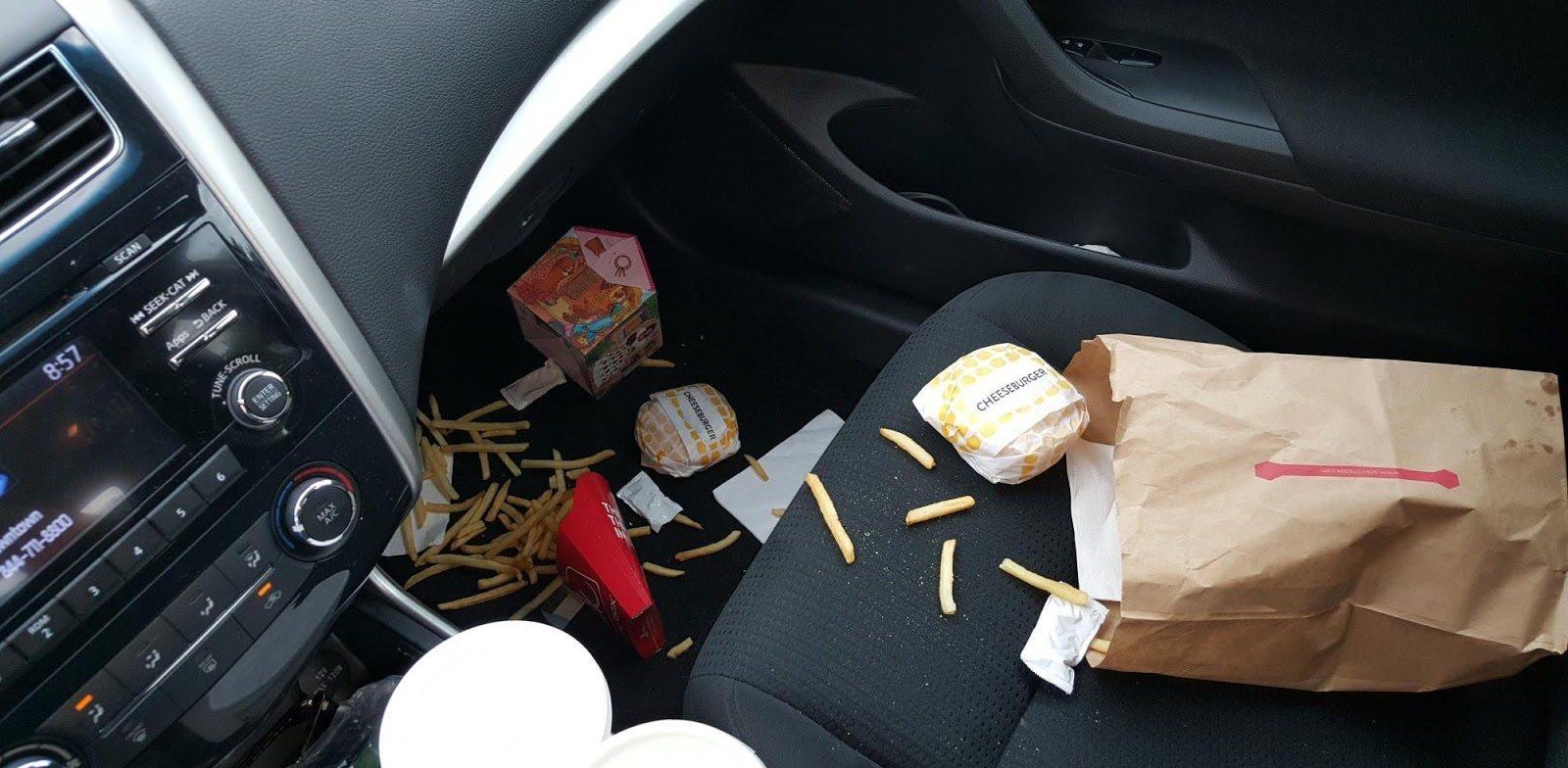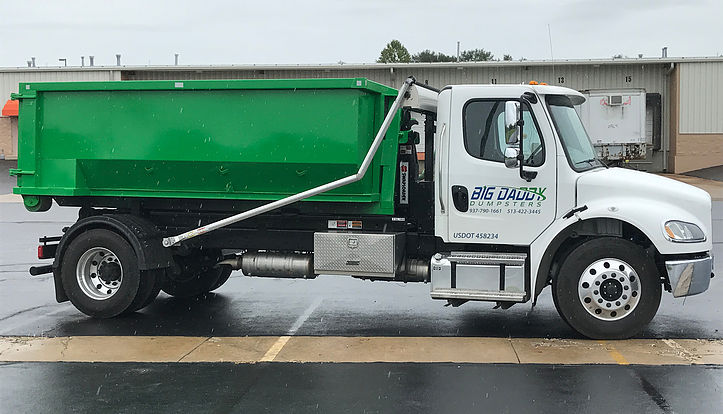How Do I Safely Dispose of My Old Computer?
Computers play such an important part in our daily lives that we begin to think of them as if they were any other regular household item.
When a spoon is broken we simply throw it out. When we find that a piece of furniture no longer meets our needs, we donate it. Or if that furniture is in such bad shape that donating is not a possibility, we throw it out, by contracting the right waste removal experts, of course. Same with old clothes and other daily use items: we are confident that we can dispose of them in the trash.
However, because of our daily interaction with them, we forget that computers are in fact incredibly complex. Every computer has a mix of rare and precious materials inside of it. Some of them are worth money by themselves and some of them are hazardous to our health and our environment if not disposed of properly.
For that reason, there are often many local, county, and state laws or guidelines for throwing away a computer.
What’s Inside?
Lead
Lead is the one common contaminant inside computers, because it has many beneficial traits. First, it is used to coat the inside of the computer and disc readers, protecting the user from radiation. Lead is also a common solder component, so that it exists in every joint between chips and the motherboard.
Lead’s threat to our health is widely known and understood. It can cause developmental delays in growing children. When exposed to high levels of lead, a person can become anemic, or develop kidney or brain damage.
Cadmium
Trace amounts of cadmium is found in the resistors, semi-conductors, cables, and wires in your computer.
Cadmium, when ingested, is not fully expelled from the body. As the amount of cadmium increase, so do chances for kidney failure and even cause liver and heart damage. Rarely, severe overexposure can cause death.
Mercury
LCD screens and certain lights are used less often in modern computers. These are the most common sources of mercury in our environment. If your computers or electronics possess a cracked LCD screen, you should treat it as a toxin. An uncracked screen should be respected, and thrown away according to mercury handling provisions in your area.
Mercury is a known neurotoxin. It is associated with the old phrase “mad as a hatter,” because haberdashers and hatters used to waterproof hats by rubbing mercury on them. These workers over time developed peculiar habits and traits. In short, they were believed to be “mad” or crazy. We know that they were affected by this deadly neurotoxin.
Because these known carcinogens and toxins are present in every computer, you should dispose of old computers differently than other household waste.
Follow guidelines for safe donation or disposal in your community.




